It was a week where the UK started to shut down properly as the coronavirus epidemic intensified (though with much more to come), and we staggered from one extraordinary government announcement to the next with barely time to take breath, and virtually no challenge or scrutiny.
But, returning to running for the moment, I opted to accept the default option for my postponed Boston Marathon of running it on 13 September 2020, and continued to hope that I would also be able to run a marathon distance on the original date of 19 April 2020, though as the week wore on that went from a confident expectation of a second-best option, to growing doubt that even that would be possible.
Week 12 of the 16-week marathon training plan meant that on Tuesday morning I did a warm up across and around the village, then 4 out-and-back fast miles along the Old Stowmarket Road with little recoveries, and a cool down back to the house, to make 10km in total.
Wednesday would once have been difficult to fit the run in, since I had a Board meeting in London, but we’d changed that to a videoconference which gave me more time. For reasons I now can’t remember, I still ended up swapping the planned runs for Wednesday and Thursday, doing the brisk and shorter 8km to Drinkstone and Woolpit Green on Wednesday, and then on Thursday taking Brindley to the King’s Forest for a slow 11km.
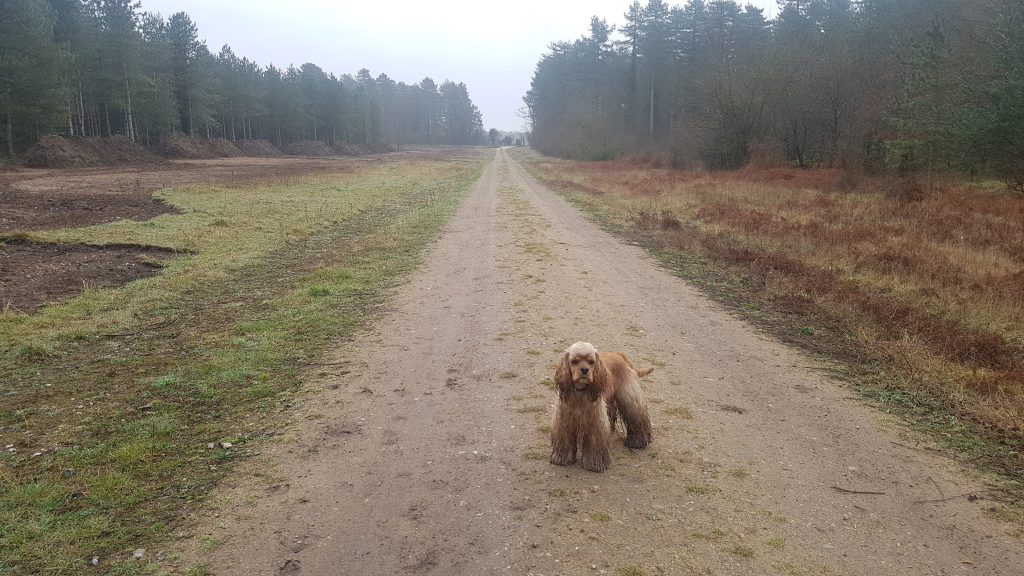
Then came my error of judgement, but it’s remarkable the power of inertia. I’d long ago booked a long weekend in Cornwall, essentially as part of the marathon training plan, though with a view to a pleasant long weekend away. I was thinking partly of my objective to make the weekly long weekend runs fun and varied. Reading an article on cycle paths on old railway lines, I’d read about the Camel Trail in Cornwall which runs for almost 20 miles, in addition to the Bath-Bristol Railway path. I’d planned this weekend around the Camel Trail, plus a visit to the Eden Project parkrun and the Eden Project itself; and the Easter long weekend around the Bath-Bristol Railway Path, SS Great Britain, and other touristy things in Bristol.
But with the pandemic worsening, I found myself asking whether I really should go. In truth, the answer was “no”, but I persuaded myself that I could minimise risk to myself and everyone else, and thus that it was ok. I took food for four days so I didn’t need to visit any shops or to eat out – just as well as the day I arrived, government ordered all restaurants, pubs, cafes cinemas, theatres, and gyms to close, a dramatic step which was followed minutes later by the Chancellor committing to pay 80% of the wages of anyone “furloughed” by their employer as a result, plus other measures. He used the word “unprecedented” an unprecedented number of times in his announcement, which I listened to as I walked around Pentire Point on the South West Coast Path, having travelled down on quiet roads but having to stop a number of times to help manage a letter to the Minister about the potential for action soon more drastic even than today’s. It all brought home to me the fact that I shouldn’t really be here, even if I was planning to spend my public time outdoors and trying to be very cautious. I drove on to the hotel, used hand sanitiser as I got out of the car, made sure I was more than two metres away from the receptionist at all times, and as soon as I reached my room, washed my hands, repeating the double-cleaning process each time I either left or arrived at the hotel.
With parkrun cancelled, I took Saturday off from running, saving my legs for Sunday. I started Sunday’s 31½km run at Wenfordbridge, and followed the delightful Camel Trail, mostly alongside the eponymous river which was initially little more than a stream and became a sizeable estuary by the end. I diverted up the former railway branch into Bodmin, both for completeness and to make sure the distance I ran was sufficiently high. As with my other long runs, I continued to target a little under 7 minutes per kilometre, usually achieved by running about 6:25/km for the first 850 metres or so, and then walking until the average reaches the right level, a formula that my knees are grateful for – remarkably, as the distances I’ve been running have gone up and up, my knees have complained less and less, though my left foot has become less happy in recent days. As I passed the 25km mark today, I started to feel a little weary, but I gained fresh energy as I approached 28 or 29 kilometres, and I found the running section of each of the last few kilometres actually getting faster without me trying to push the pace at all – very encouraging.
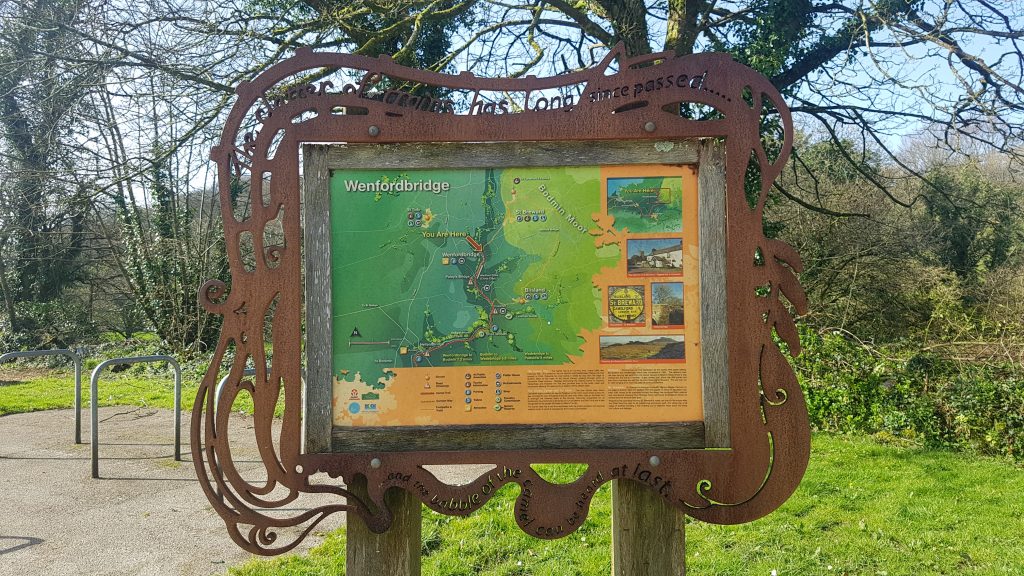
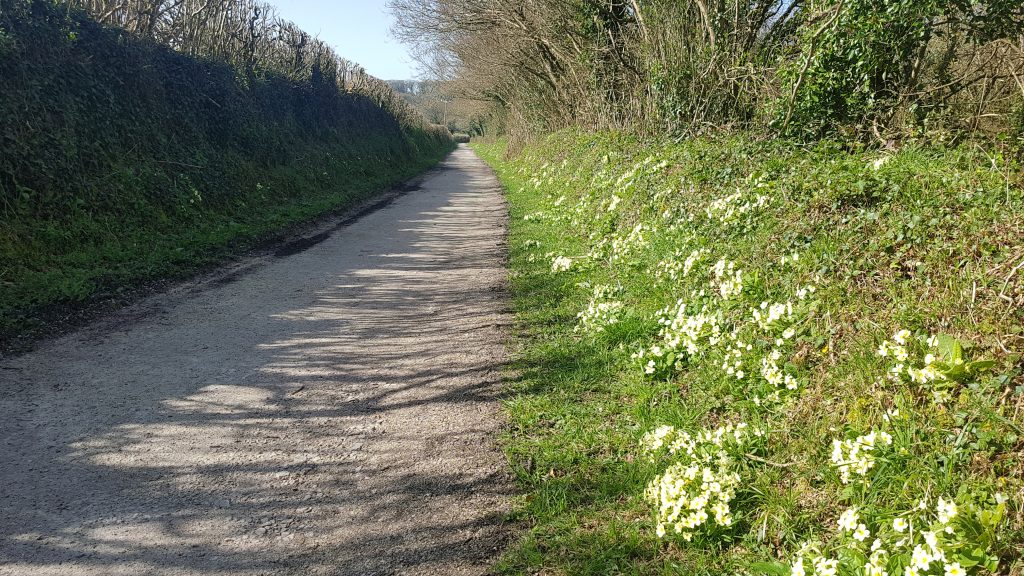
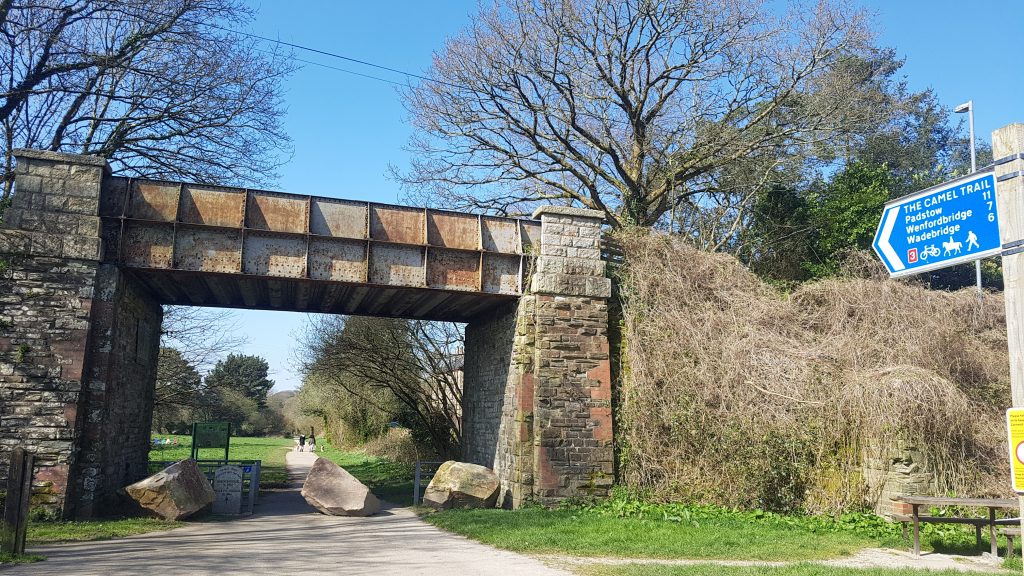
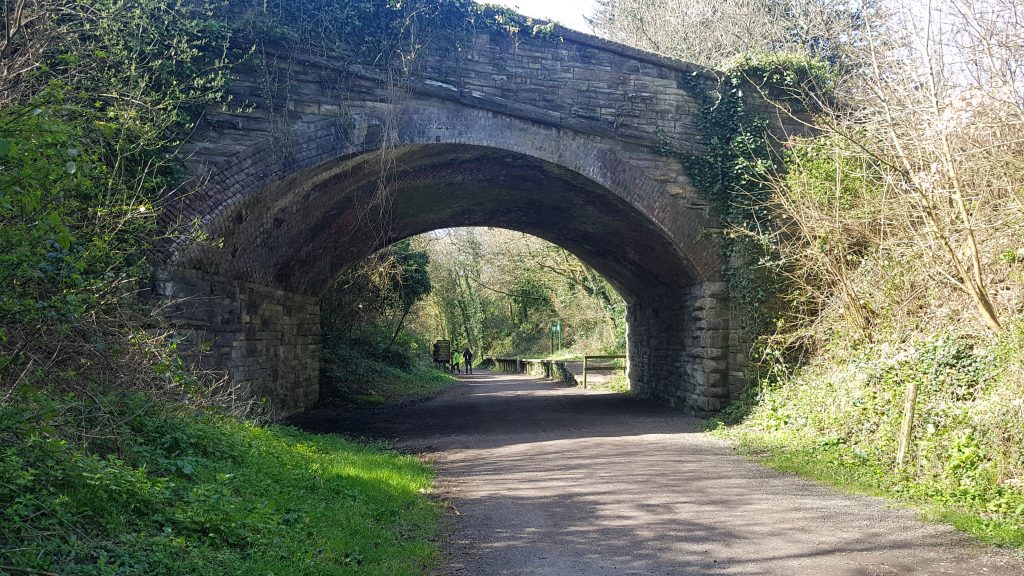
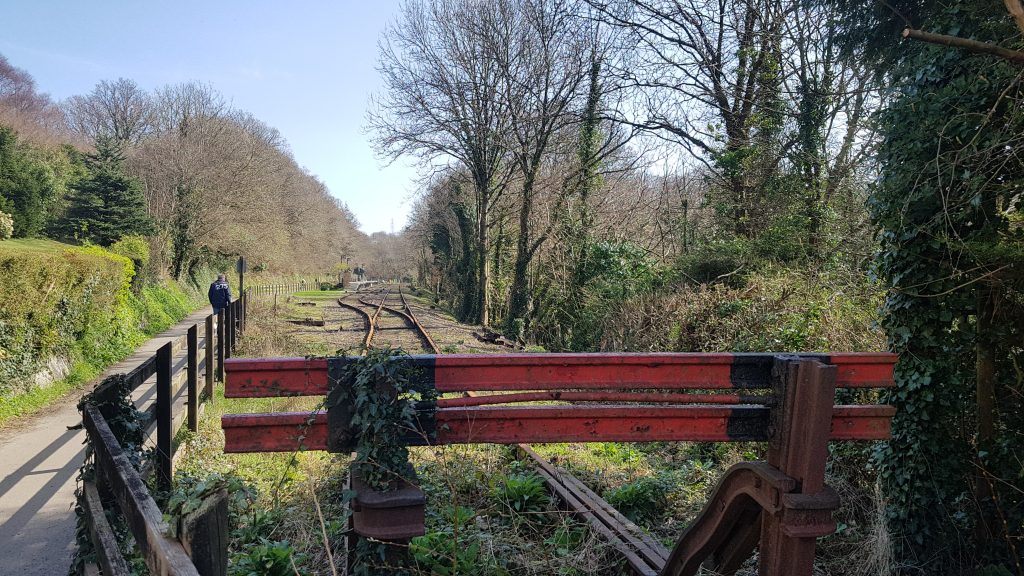
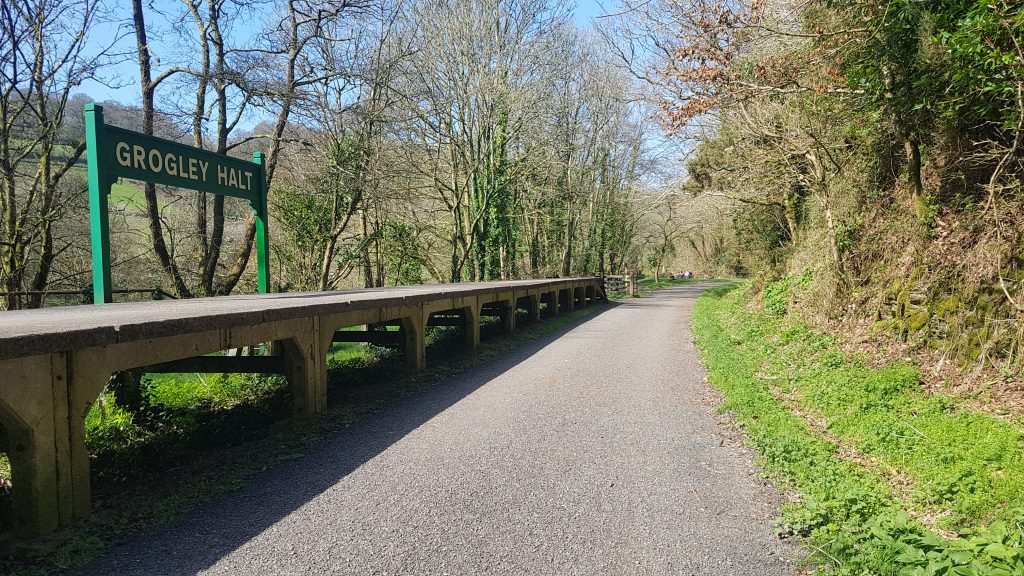
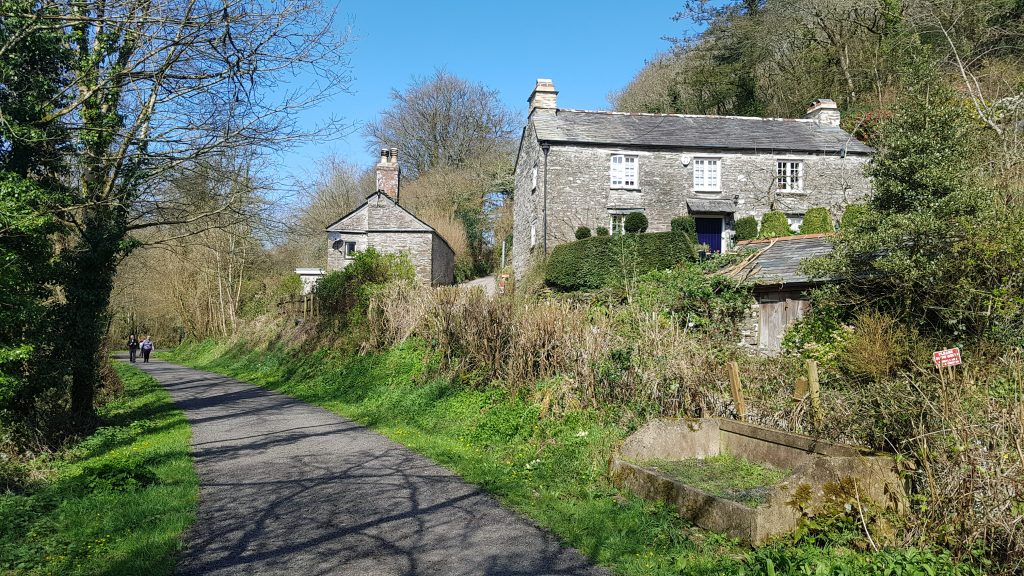
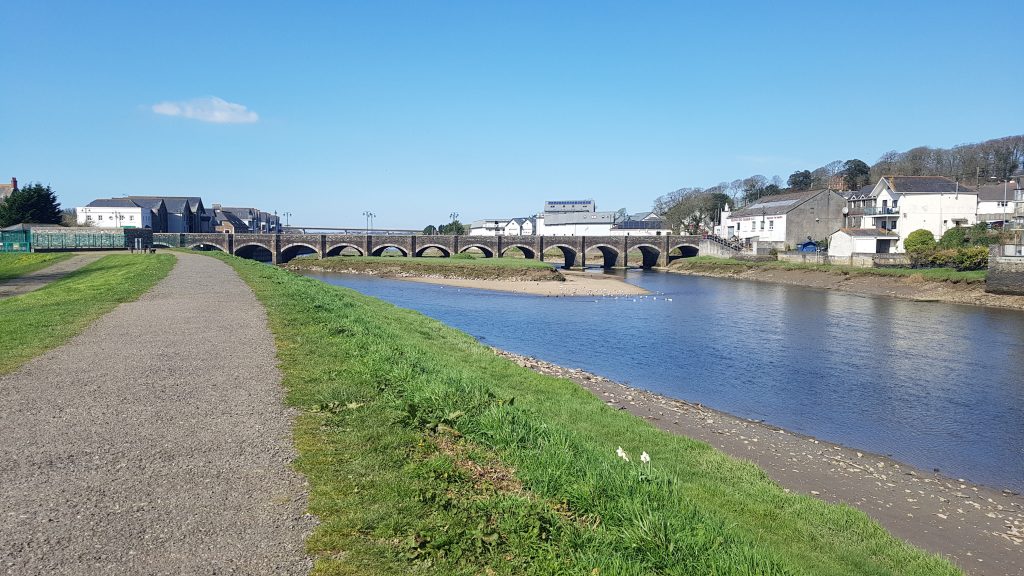
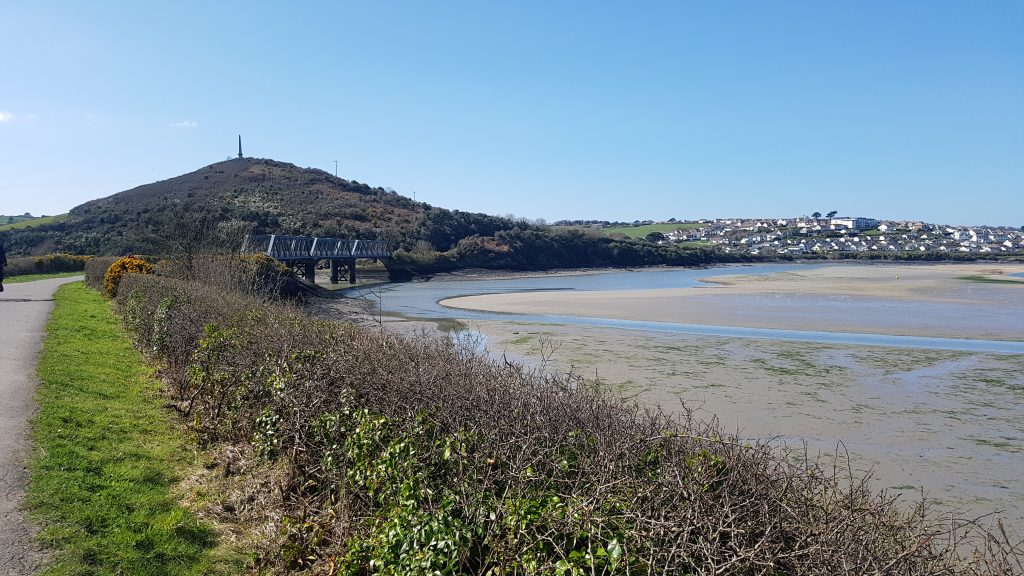
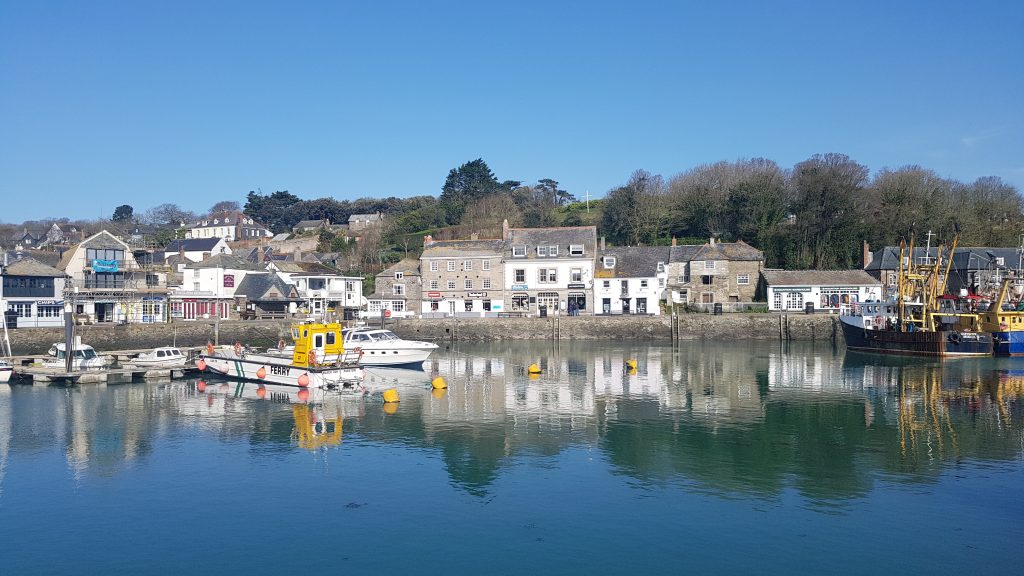
There were a few people about towards the Padstow end of the trail, but it was still pretty quiet, and there was little difficulty most of the time in ensuring a two-metre separation as we passed. The harbour looked lovely on a perfect day for running, and it was a shame to depart without enjoying the town, but I felt that I was now an unwelcome outsider who should have stayed at home.
Monday evening of week 13 of the training plan saw the UK enter a yet more extreme “lockdown” with the population instructed to stay at home except for shopping for basic necessities as infrequently as possible, for medical needs, for travelling to and from work if it absolutely cannot be done from home, and for one form of exercise a day. Additionally, all non-essential retail stores are closed; all other indoor gathering places are closed; all hotels, hostels, B&Bs, campsites, caravan parks, etc. are closed; all weddings, baptisms and the like are banned; and there are to be no public gatherings of more than two people. Everyone is instructed to keep two metres away from others when away from home. The fear of the impact of the disease increases, as does the fear of the impact on the economy of the UK and the world of a prolonged shutdown – how many will die in years to come because we can’t afford the health care and social care that is paid for by a growing economy? How many people will die because their cancer treatment was cancelled or postponed? How many people will live in prolonged agony because other procedures were cancelled or postponed?
But as this is supposed to be a running blog, I shall indulge myself with trying to keep a running focus. Running is of trivial importance in the face of a national and global emergency, even if it contributes significantly to my personal physical and mental wellbeing. But the idea that I’m going to be able to run my marathon distance on 19 April now looks a lot less likely. Even if the measures in place by then are no more severe than currently (and who knows where we might end up?) then 4½ hours on Felixstowe promenade on a Sunday doesn’t seem to be a viable option (unless, perhaps, it’s raining heavily!). I’ve a couple of ideas that might be viable, with two mile loops or a two-mile out-and-back, away from likely pedestrian traffic – but even then they don’t really fulfil the “stay at home” instruction, even if they meet the underlying objective of minimising interaction with people from outside of the household – a trip to Tesco, which is permitted, is a far riskier endeavour in reality.
For the moment, while outside exercise is allowed (it’s now banned in several European countries and which now require you to carry official paperwork justifying your trip whenever you leave the house, or to request and receive permission every time to leave home, or are subject to random police inspections of households to check everyone is at home), I shall continue with the training plan, albeit with a bigger focus on times and locations that keep me away from other pedestrians. I’m not quite ready to fully defer the whole effort to 13 September, though I may have to make my peace with that soon. Let’s keep the dream alive, for a little while at least, and keep on running.
